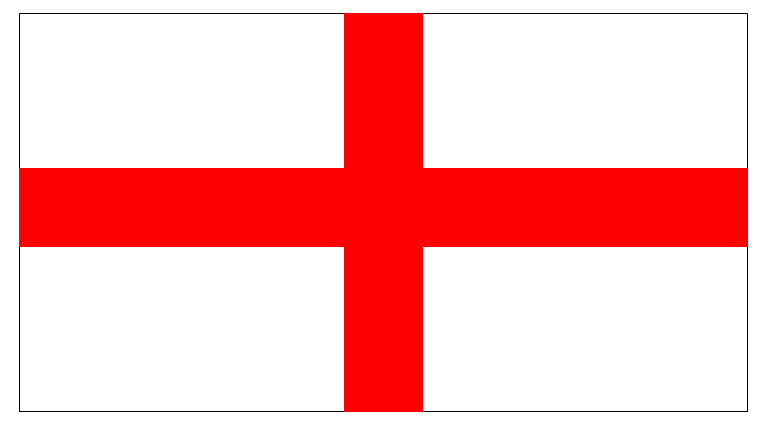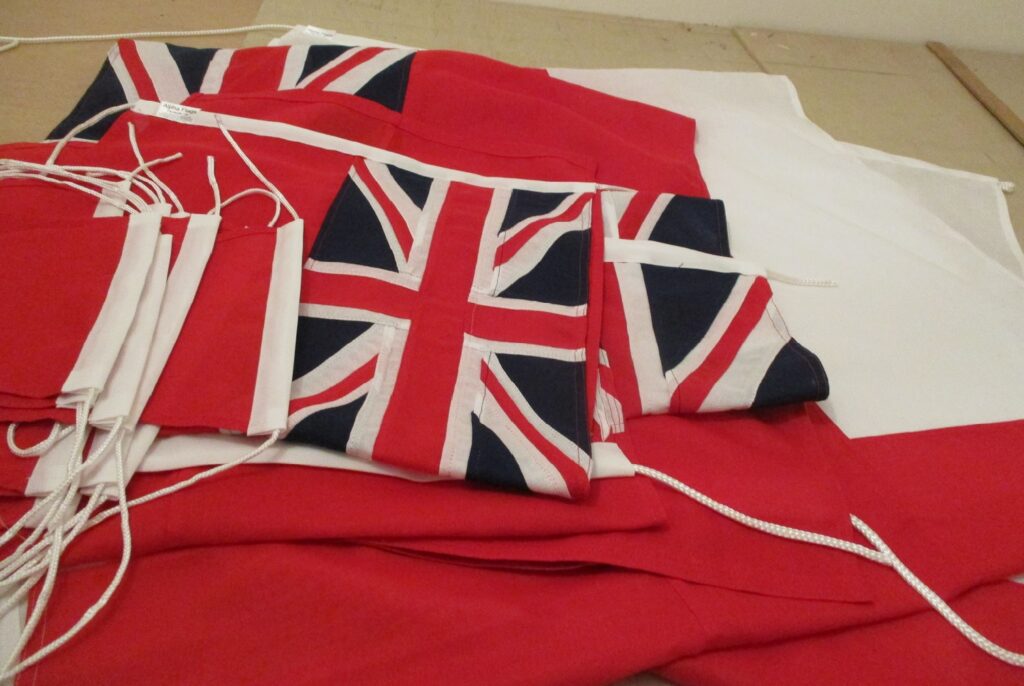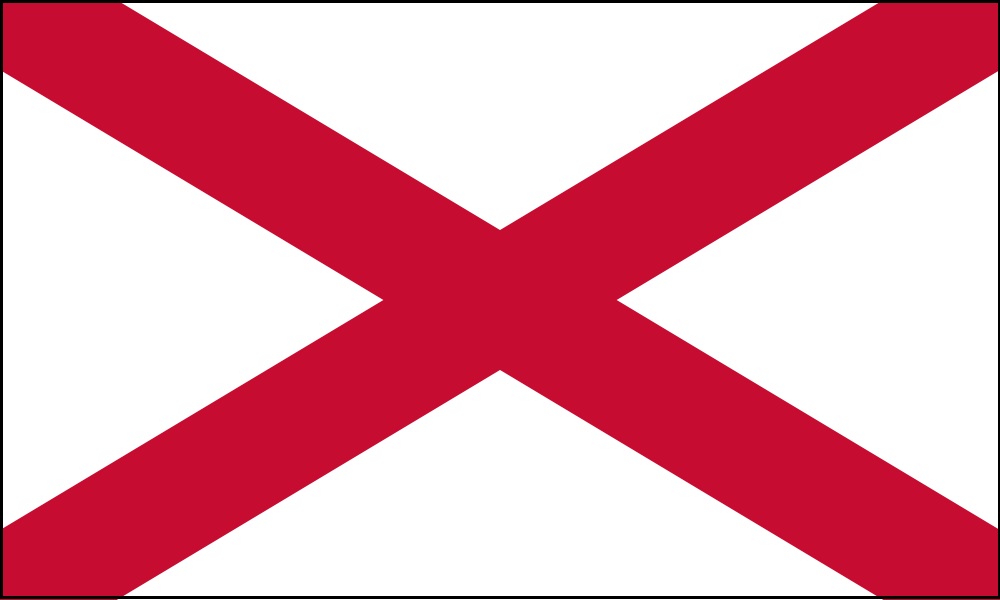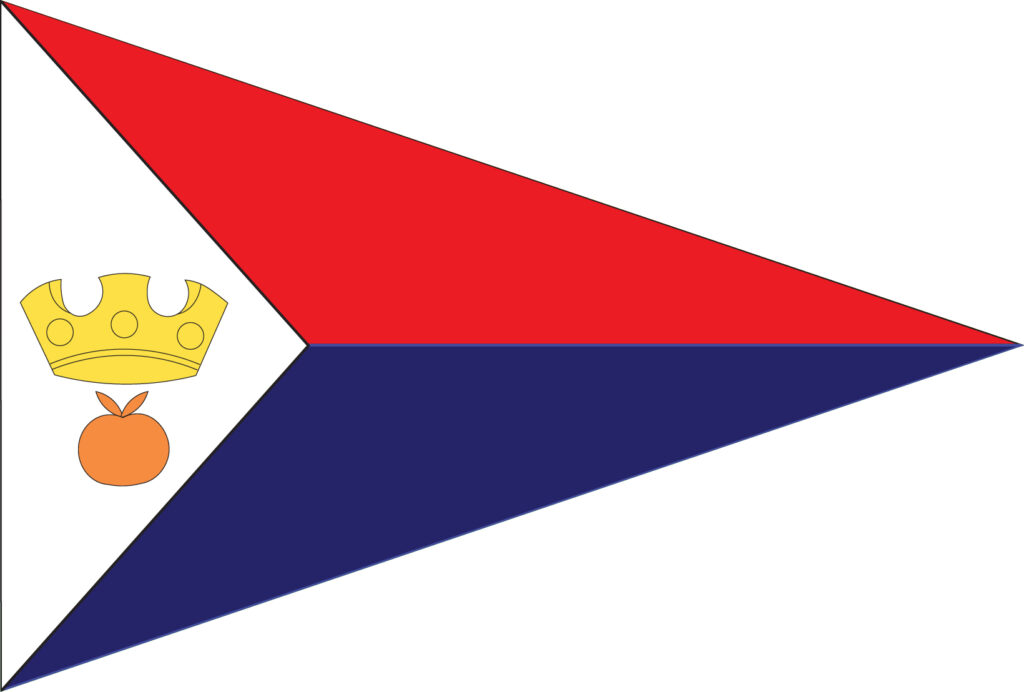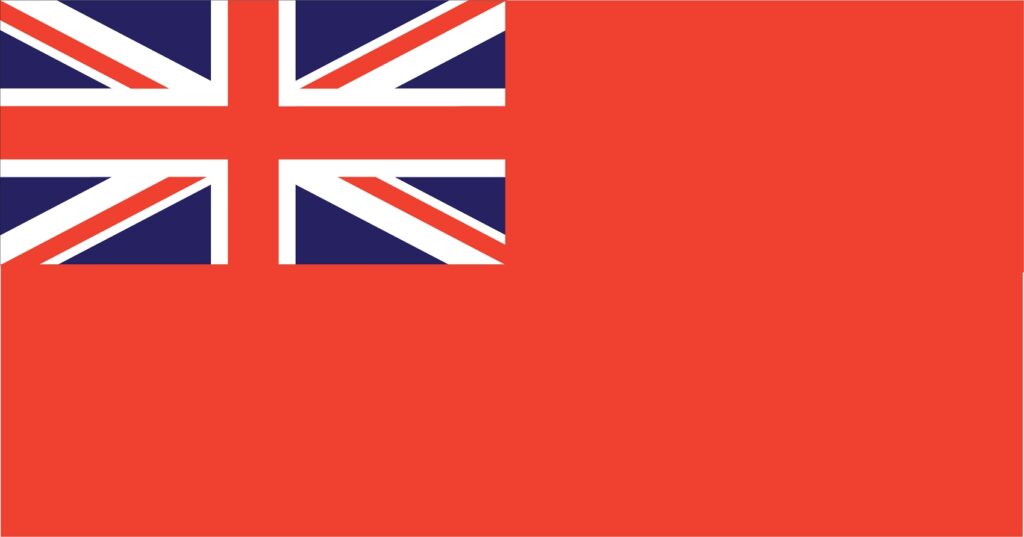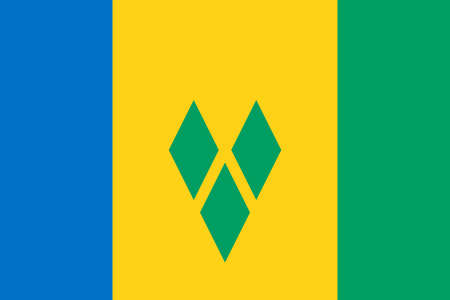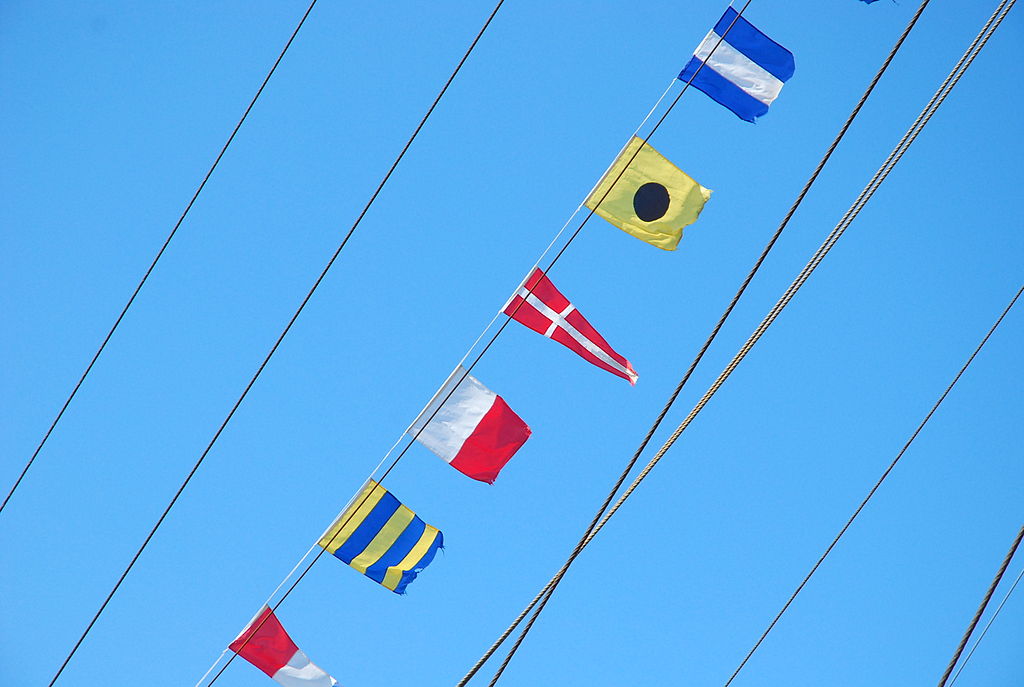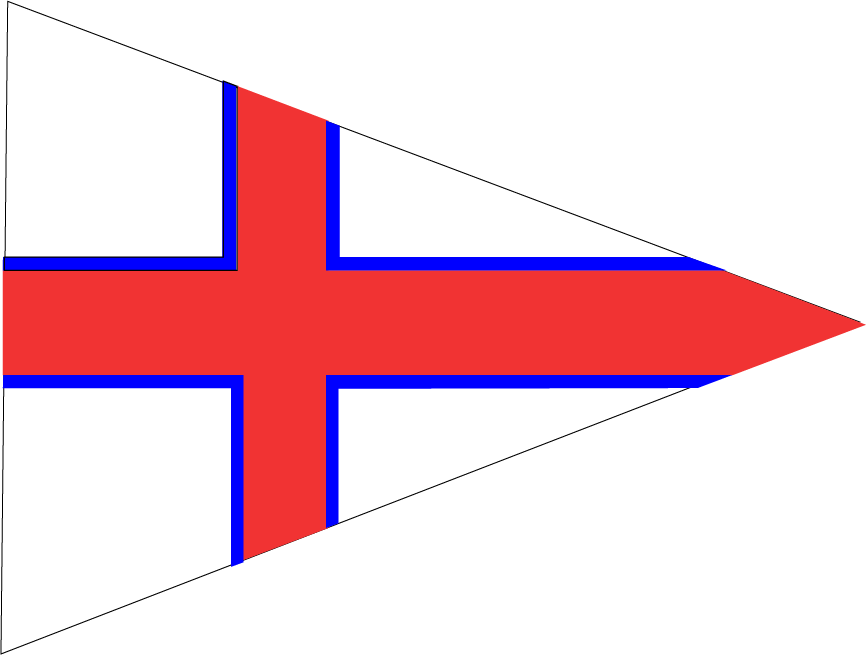Controversial or not!
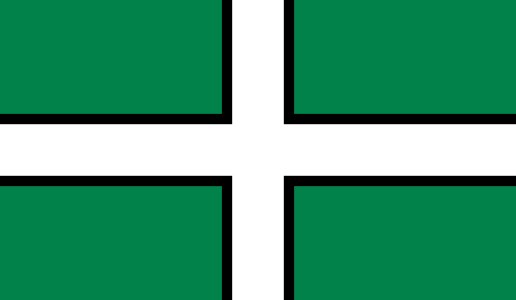
After a significant increase in orders for the Devon Flag recently, a story in a recent news article caught our attention. It concerned the mixed feelings of some who argue for and against.
Part of the debate was about the flag being ‘just made up’ and ‘only dating from 2003.’ Well, perhaps the retort should be – are not all flags, originally, made up? Also, there has to be a starting date for all new flags, whether it be 1066 or 2025. Somebody else complained that it isn’t an ancient symbol. Again, the retort, one day in the very distant future, it will be an ancient symbol.
When Devonians started the crusade to have their county flag, the BBC took up the challenge and put it to the public. After many designs were suggested, the green, white and black design won by 49% of the vote.
The green represents the rolling hills and fields of Devon, while the white is for the salt spray of the sea and the black for wind-swept moors. Nearly every other flag or symbol uses the same principles, which is perfectly in keeping with the Devon Flag design.
No matter what the subject is in this world, it appears that if somebody says white, the other will say black (excuse the pun).
The Devon flag is now well recognised for what it is. We do not think there is any danger of it being challenged any further.
Read the full article https://www.torbayweekly.co.uk/news/home/1815045/kevin-dixon-devon-s-problematic-flag.html


